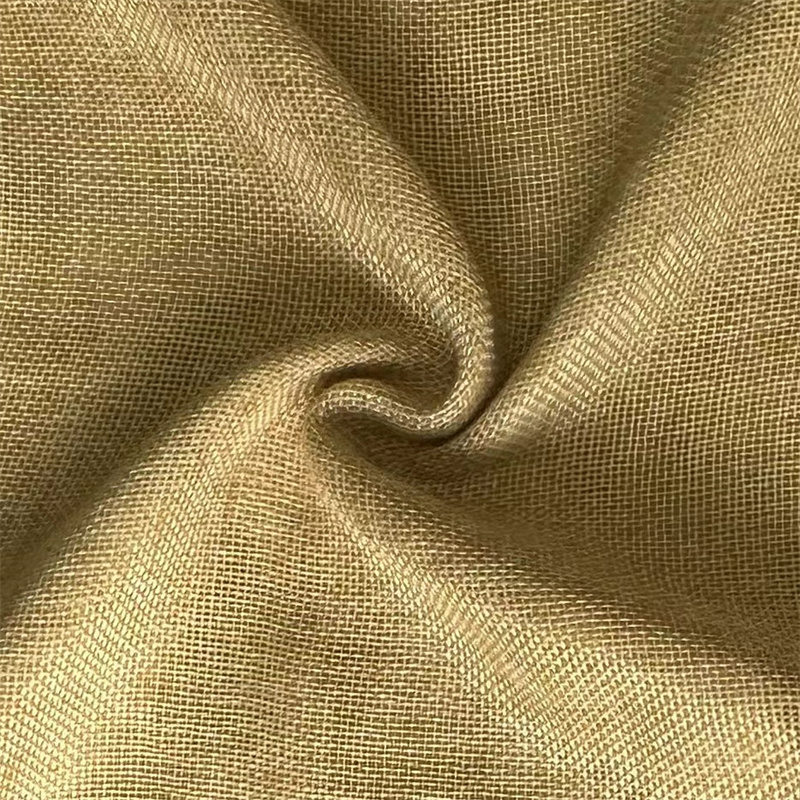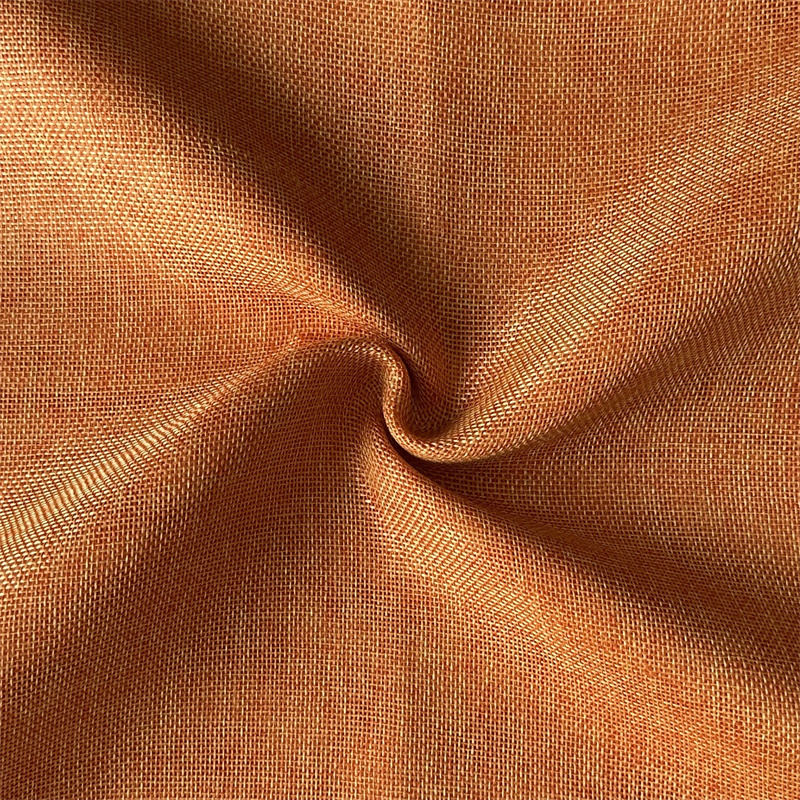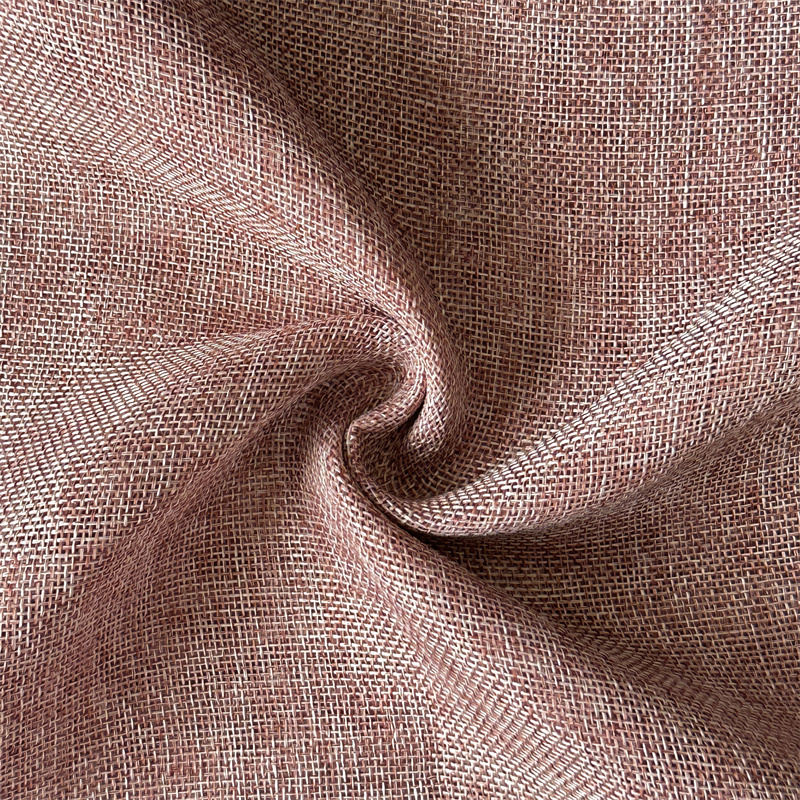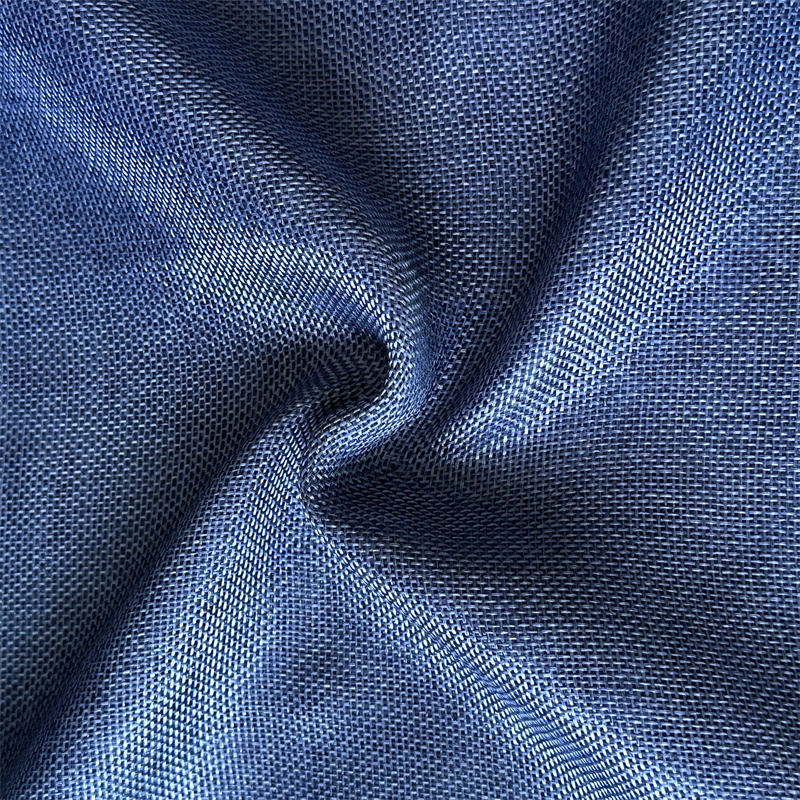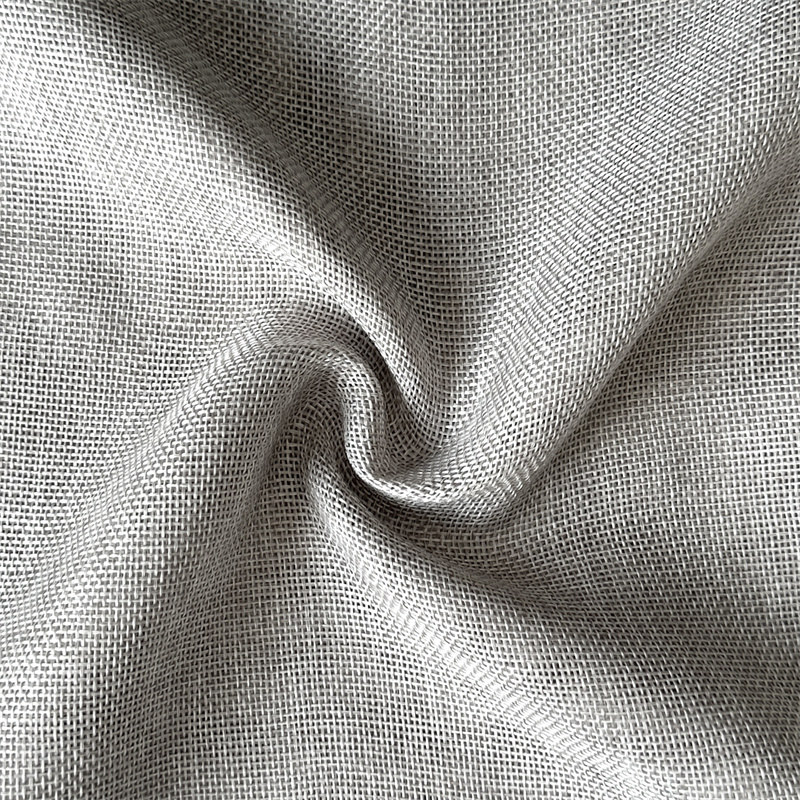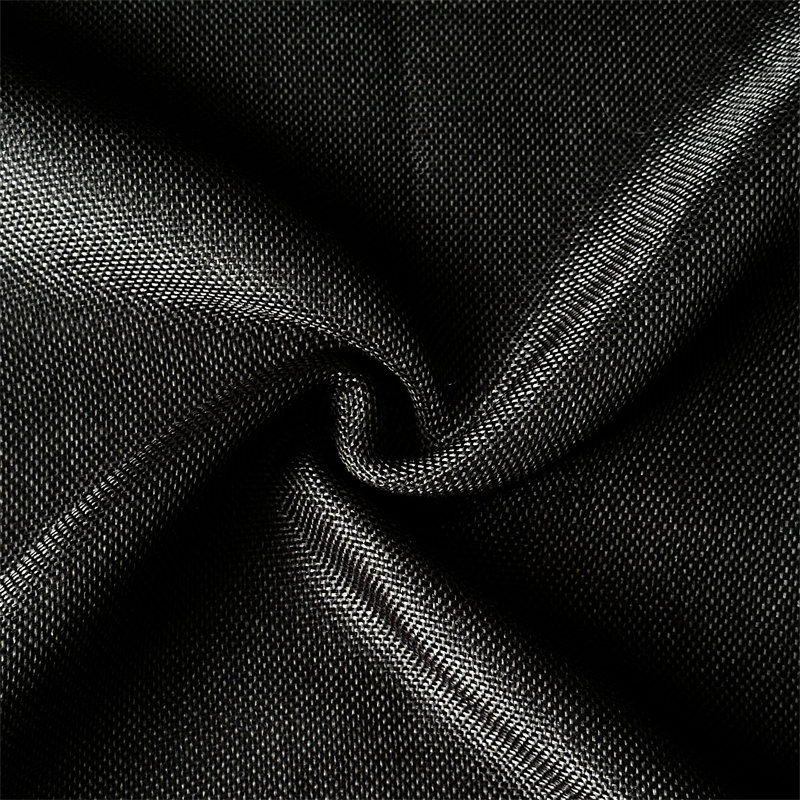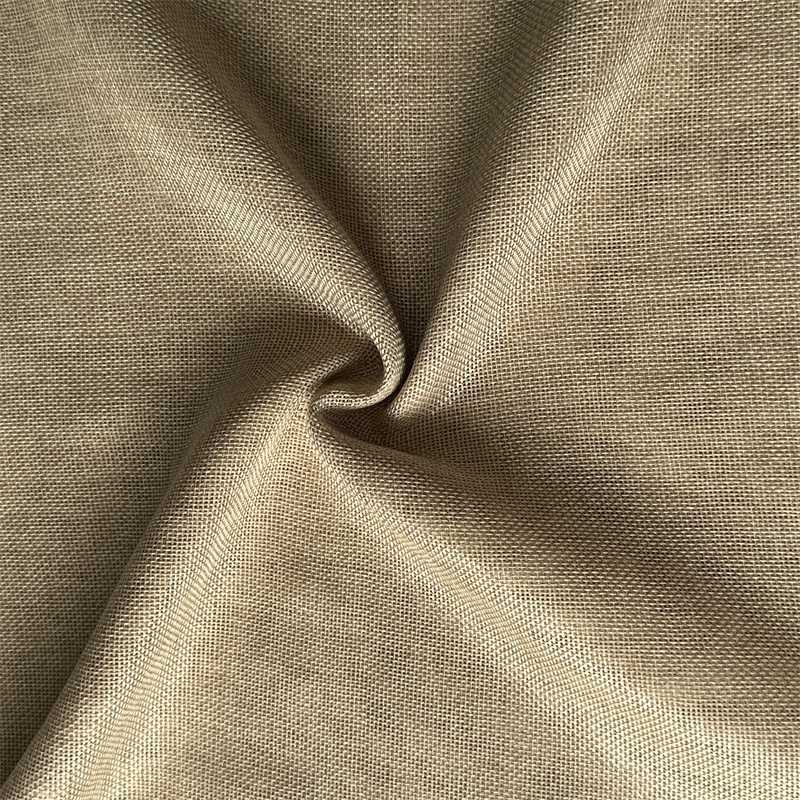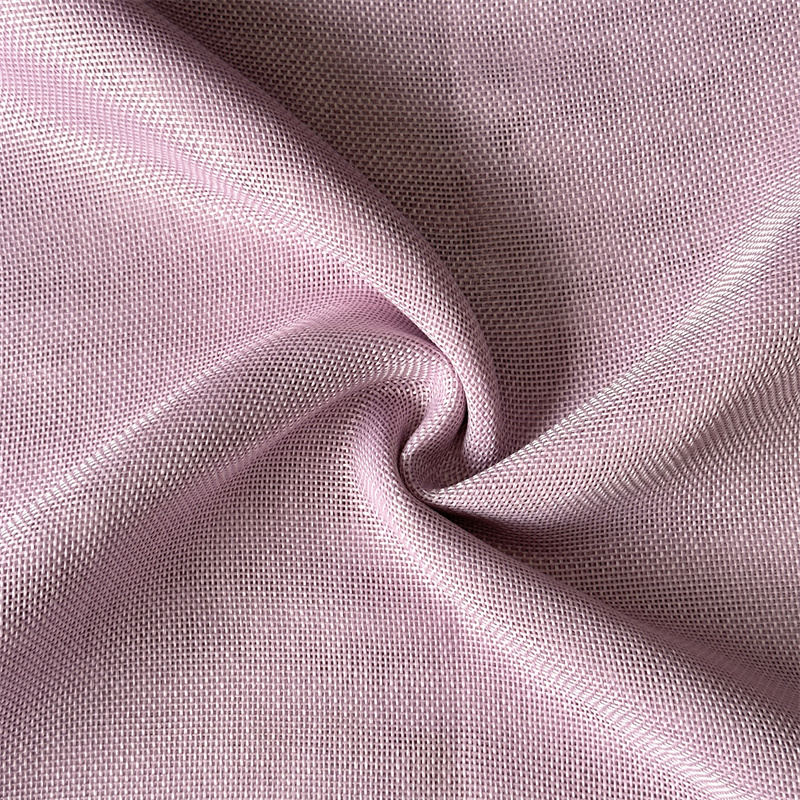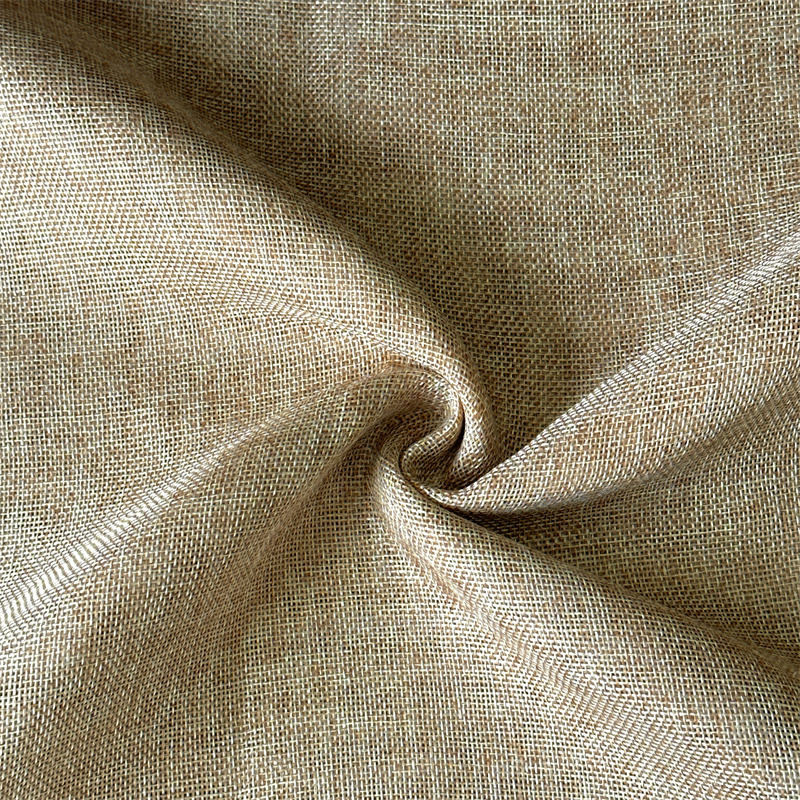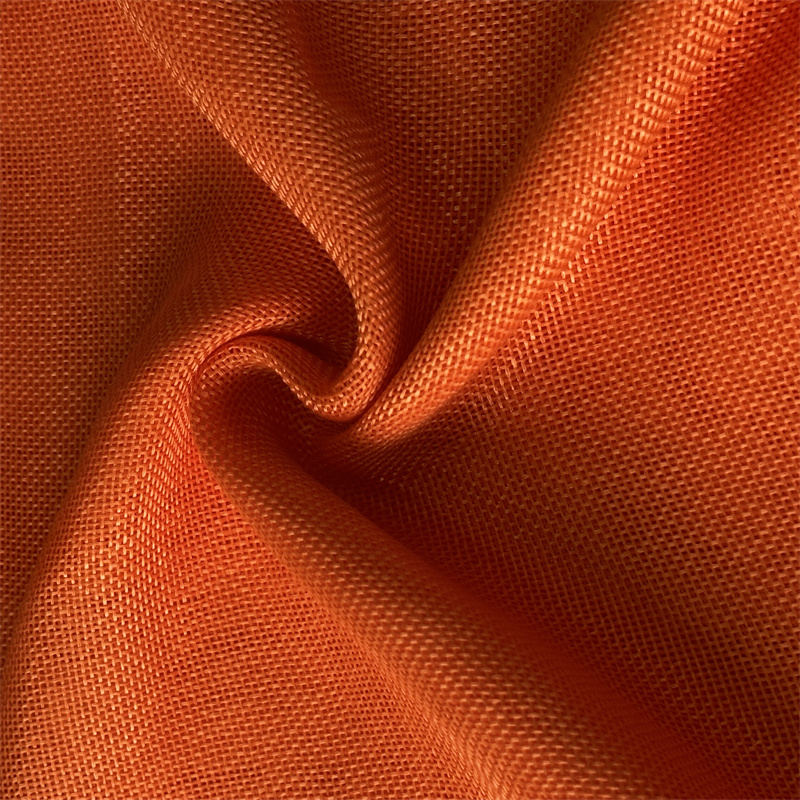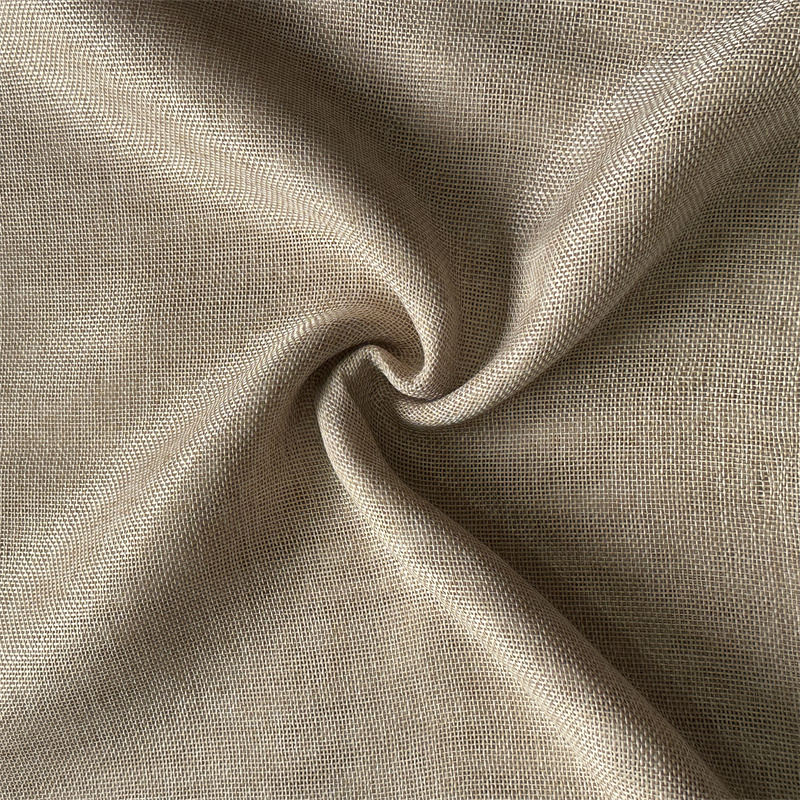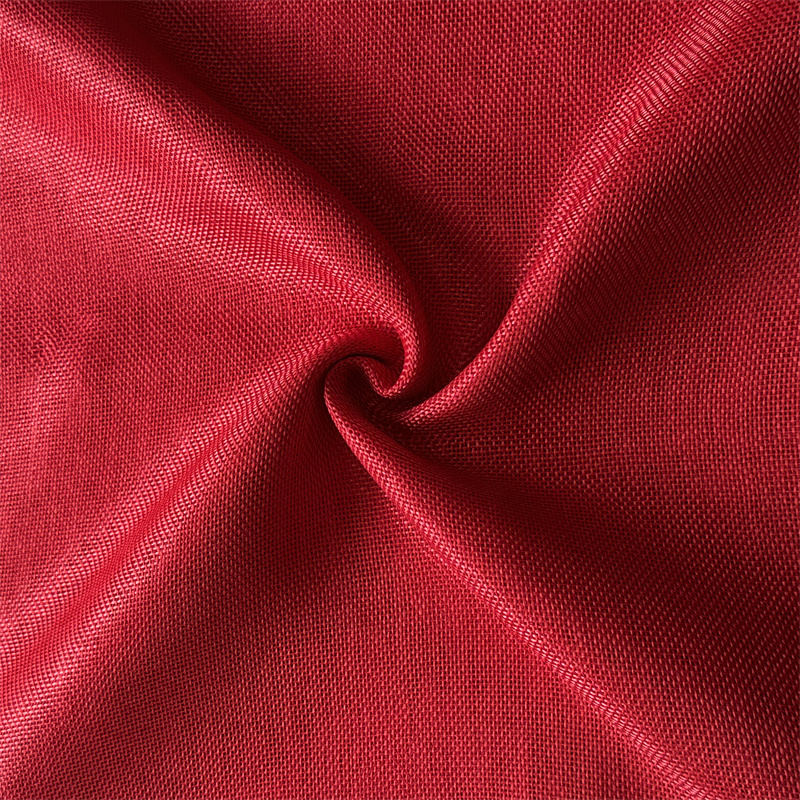Imitation silk fabric, often referred to as faux silk or artificial silk, is a type of textile designed to mimic the luxurious look and feel of real silk at a more affordable price. It is widely used in fashion, home décor, and even industrial applications due to its visual appeal, soft texture, and versatility. But what exactly is imitation silk fabric, and why is it gaining popularity among manufacturers and consumers alike? Let’s explore this unique material in depth.
What Is Imitation Silk Fabric?
Imitation silk fabric is a man-made textile engineered to replicate the sheen, drape, and softness of natural silk. While natural silk is derived from silkworms, imitation silk is typically made from synthetic or regenerated fibers, including:
Polyester – Offers durability and is commonly used for low-cost garments and linings.
Rayon/Viscose – Regenerated cellulose fibers that provide excellent drape and breathability.
Acetate – Provides a silky feel and lustrous surface, often used in evening wear.
Nylon – Lightweight and strong, often blended to improve fabric performance.
These materials undergo specific weaving and finishing techniques to resemble real silk in appearance and texture.
Why Choose Imitation Silk Over Real Silk?
There are several compelling reasons why businesses and consumers opt for imitation silk fabric:
1. Cost-Effective
Real silk is labor-intensive and expensive to produce, while imitation silk offers similar aesthetic qualities at a fraction of the cost.
2. Vegan and Cruelty-Free
Many environmentally conscious and vegan consumers prefer imitation silk since it does not involve animal-derived materials.
3. Ease of Care
Unlike natural silk, which is delicate and requires hand-washing or dry cleaning, most imitation silk fabrics are machine washable and wrinkle-resistant.
4. Wide Applications
Imitation silk is used in a variety of industries:
Apparel: Dresses, blouses, scarves, linings
Home Textiles: Drapes, cushion covers, bedding
Event Decoration: Table runners, backdrops, banners
How Is Imitation Silk Fabric Made?
The production process of imitation silk depends on the type of fiber being used:
Spinning the Yarn: Synthetic or regenerated fibers are spun into fine yarns.
Weaving or Knitting: The yarns are woven or knitted into lightweight fabrics, often using satin or twill weave patterns to mimic the natural sheen of silk.
Finishing: Chemical treatments or calendaring (heat pressing) are applied to enhance softness, shine, and drape.
Some manufacturers even use special texturizing techniques to enhance the "slubby" feel of real silk.
What Are the Types of Imitation Silk?
Several varieties of imitation silk exist, each suited for different purposes:
| Type | Description | Common Uses |
| Polyester Satin | Smooth, glossy, and inexpensive | Dresses, linings, bridal wear |
| Rayon Challis | Lightweight and breathable with good drape | Scarves, tops, lightweight dresses |
| Acetate Taffeta | Crisp and glossy | Evening gowns, curtains |
| Nylon Chiffon | Sheer and delicate | Blouses, overlays, scarves |
Is Imitation Silk Eco-Friendly?
The sustainability of imitation silk depends on the raw materials and manufacturing processes:
Rayon and viscose are derived from natural sources (wood pulp), but their production can be chemically intensive.
Polyester and nylon are petroleum-based and non-biodegradable, but they can be recycled.
Recent advancements in sustainable viscose (e.g., TENCEL™) and recycled polyester are making imitation silk more eco-friendly.
Common Challenges and How to Overcome Them
While imitation silk is highly versatile, there are a few drawbacks to be aware of:
Pilling or snagging in cheaper blends
Less breathable than natural silk
May lose sheen after repeated washing
Tips:
Opt for high-quality blends to reduce wear and tear.
Use cold water washing and gentle detergents.
Avoid high-heat ironing to preserve the fabric’s texture.
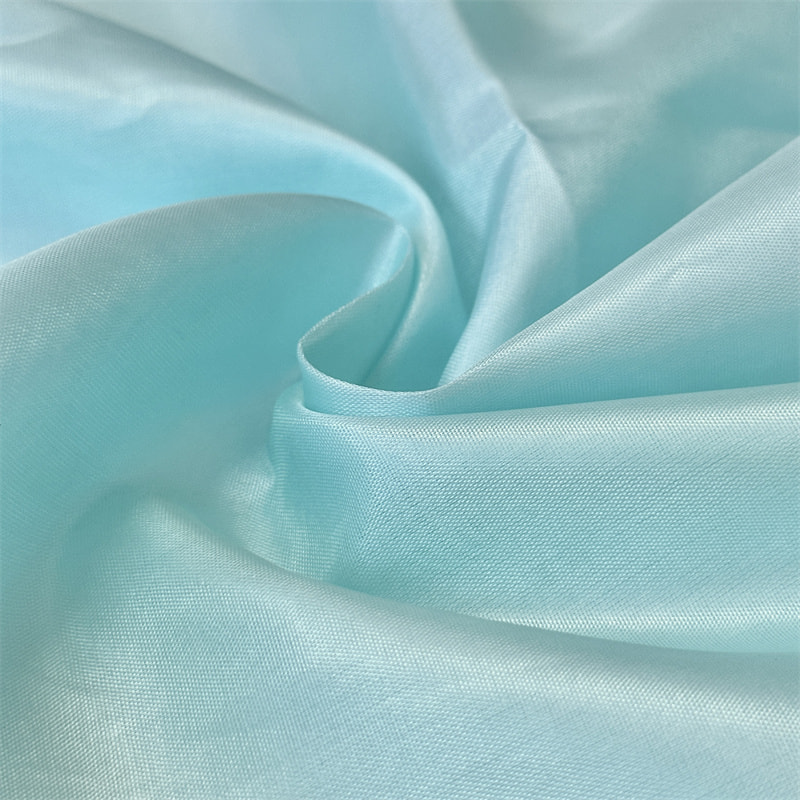
What Makes Imitation Silk a Popular Choice in Fashion and Décor?
With growing demand for sustainable, affordable, and stylish fabrics, imitation silk fits the bill perfectly. Designers and manufacturers appreciate its ability to:
Replicate high-end luxury without the cost
Offer flexibility in color, pattern, and texture
Align with ethical and vegan consumer trends
Final Thoughts
Imitation silk fabric represents the perfect blend of elegance, innovation, and practicality. Whether you’re a fashion designer looking for cost-efficient luxury, a homeowner in search of stylish drapes, or a consumer seeking ethical alternatives to real silk, imitation silk offers a winning combination of beauty and functionality.


 中文简体
中文简体 Español
Español